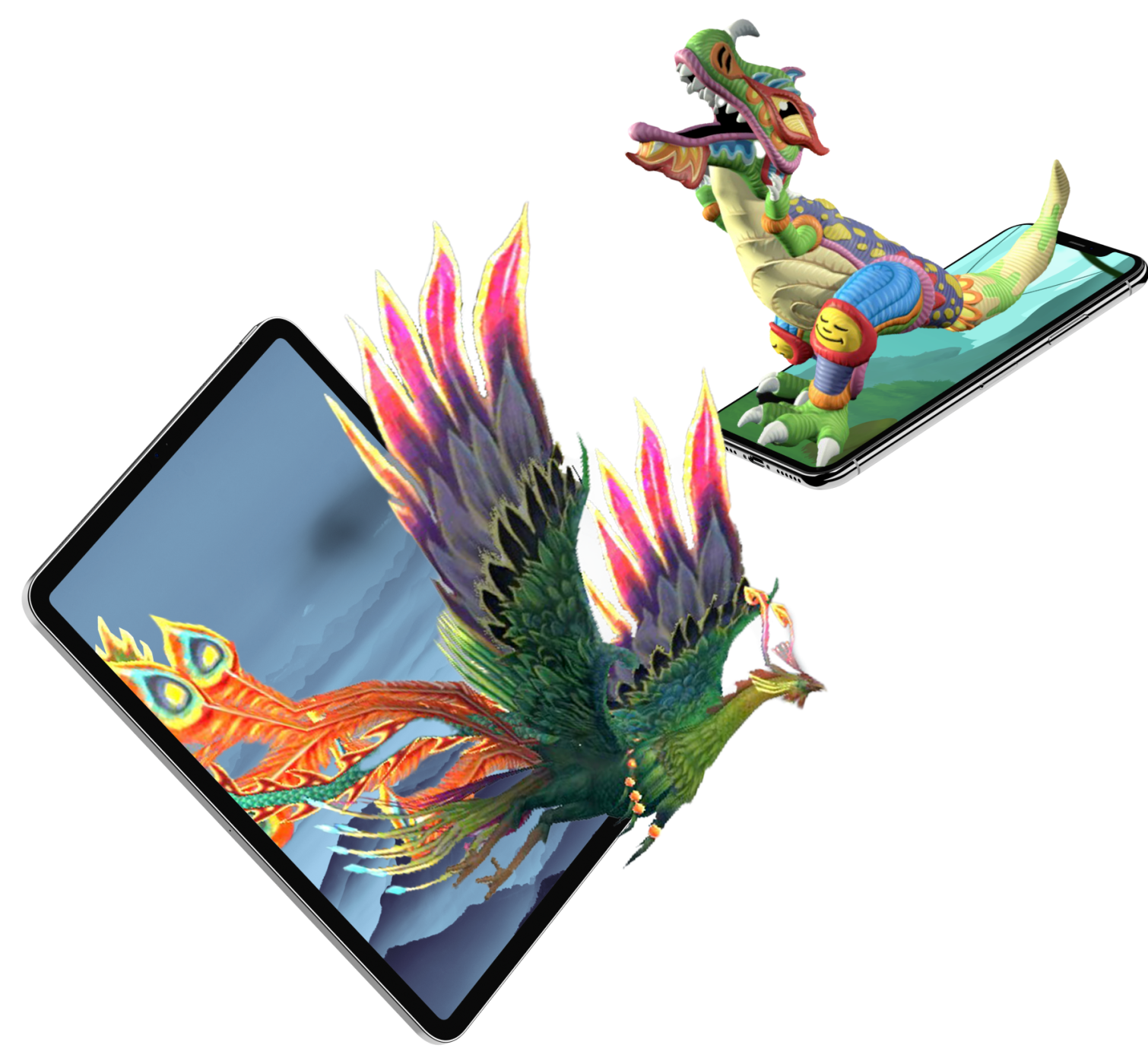Insights into Extended Reality (XR)
Extended Reality (XR) is rapidly reshaping the digital landscape, blending the physical and virtual worlds to offer immersive experiences like never before. As a term that encapsulates augmented reality (AR), virtual reality (VR), and mixed reality (MR), XR is revolutionizing industries—from retail and entertainment to urban development and enterprise solutions. This article dives deep into XR's evolution, current trends, and future predictions while highlighting key insights from industry experts and thought leaders.
What Is Extended Reality (XR)?
Extended Reality (XR) is an umbrella term that encompasses the technologies that merge the physical and digital realms. Using head-mounted displays, spatial computing, and sensor-driven interactions, XR creates immersive experiences that engage users in ways traditional media cannot. Whether through AR overlays on your smartphone, VR headsets that transport you to fantastical worlds, or MR systems that seamlessly integrate digital objects into your physical space, XR is redefining how we interact with technology.
At its core, XR is about expanding our perception and breaking down barriers between the real and virtual. This digital convergence transforms entertainment and gaming and has far-reaching implications in education, healthcare, retail, and industrial applications.
The Evolution of XR Technologies
XR's journey can be traced back several decades. It evolved from rudimentary VR headsets and basic AR overlays to today’s sophisticated spatial computing systems. Early attempts in the 1990s paved the way for experimentation, but it wasn’t until recent advancements in hardware, software, and network infrastructure that XR truly began to take off.
A Brief History
- Early VR and AR Pioneers: In the 1990s, VR headsets and primitive AR systems were primarily used in niche research and military applications. The limitations of the era’s technology meant that these early systems offered only a glimpse into the potential of immersive technology.
- The Rise of Mobile and Wearable Tech: With the advent of smartphones and wearable devices, AR became accessible to the mass market. Games like Pokémon Go demonstrated how digital elements overlaid on the physical world could captivate a global audience.
- Modern XR and Spatial Computing: Today, XR is no longer a futuristic concept. Innovations like Apple Vision Pro, Google’s AR landmarks, and a myriad of enterprise applications have propelled XR into mainstream technology. THE evolution of XR has been accelerated by the convergence of advanced computing power, high-resolution displays, and more efficient sensors that create smoother, more realistic experiences.
Key Milestones
- VR Hardware Innovations: Recent surveys on VR headset usage reveal that hardware continues to evolve rapidly, with companies striving to improve resolution, comfort, and overall user experience.
- AR in Daily Life: AR has become a staple in everyday life, especially with smartphone integrations that allow consumers to visualize products in their home environment or access interactive maps and guides.
- The Emergence of Mixed Reality: By blending elements of AR and VR, mixed reality solutions are becoming powerful tools in sectors like healthcare, engineering, and design, where precision and interactivity are paramount.
XR Applications Across Industries
XR’s versatility is evident in its broad range of applications. From enhancing customer experiences in retail to creating immersive environments for enterprise training, XR is driving transformation across multiple sectors.
Retail and Virtual Showrooms
In retail, XR is changing the way customers interact with brands. Virtual showrooms allow consumers to explore products digitally before making a purchase decision. This technology improves customer engagement and helps brands reduce the overhead costs associated with physical retail spaces.
For instance, AR Insider recently featured an article on how companies leverage XR to create virtual showrooms. These showrooms allow brands to offer interactive, 360-degree views of their products. This innovation is especially critical in automotive and furniture retail industries, where spatial visualization plays a key role in the buying process.
Immersive Entertainment and the Future of Gaming
Entertainment is one of the most exciting frontiers for XR. The gaming industry, in particular, has embraced VR to offer players fully immersive experiences that go beyond traditional screen-based gaming. With devices like Apple Vision Pro leading the charge, immersive entertainment is set to redefine how audiences experience digital narratives.
The impact of the Apple Vision Pro on immersive entertainment, suggests that XR is poised to become the “tip of the spear” for next-generation gaming and interactive storytelling. By merging high-fidelity visuals with advanced audio and haptic feedback, XR creates a holistic experience that captivates users and sets new benchmarks for digital entertainment.
Urban Development and Cognitive Cities
XR is also making inroads in urban planning and development. The concept of cognitive cities—urban environments integrating AI, AR, and IoT to optimize living conditions—is gaining traction globally. These smart cities leverage XR to improve public services, enhance safety, and streamline infrastructure management.
AR Insider’s feature on “Cognitive Cities: Blending AI, AR & the Built Environment” highlights how XR is transforming urban landscapes. By providing real-time data overlays and interactive simulations, XR helps city planners visualize urban challenges and implement data-driven solutions, making cities more sustainable and efficient.
Fashion, Design, and the 3D Dilemma
The fashion industry is another arena where XR is leaving its mark. Designers are increasingly using XR to create virtual prototypes, conduct digital runway shows, and offer immersive shopping experiences. However, hesitation in the industry remains a significant barrier to leadership.
In the insightful article “The 3D Dilemma: Understanding Leadership Hesitation in Fashion,” AR Insider delves into the challenges that fashion brands face when integrating 3D and XR technologies. While the potential for increased customer engagement and innovation is enormous, many industry leaders remain cautious about the upfront investments and the rapid pace of technological change.
Enterprise Applications and Barriers to Adoption
XR offers powerful training, simulation, and remote collaboration tools for enterprises. However, adoption is not without challenges. High costs, technical complexity, and a shortage of skilled developers are often cited as significant hurdles.
AR Insider’s “What are Enterprise XR’s Biggest Barriers? Part 2” provides a detailed exploration of the obstacles that organizations must overcome to harness the full potential of XR. Despite these challenges, many enterprises are already reaping the benefits of immersive training programs and enhanced collaboration tools that XR technologies offer.
Big Tech and the XR Ecosystem
Major technology companies like Google, TikTok, and Amazon are actively investing in XR to grow their digital ecosystems. For instance, Google’s latest AR landmarks are pushing the limits of how digital information integrates into physical spaces, creating opportunities for location-based experiences and enhanced consumer engagement interactions.
The article “What’s Behind Google’s Latest AR Landmarks?” on AR Insider provides an in-depth look at how tech giants leverage XR to develop innovative solutions that bridge the gap between digital content and the real world. These initiatives are laying the groundwork for a more connected and immersive digital future.
Current Trends and Innovations in XR
The XR landscape is continuously evolving, driven by rapid advancements in both hardware and software. Several key trends are shaping the future of XR:
Diverging AR Form Factors
One of the most talked-about trends in the XR space is the diversification of AR form factors. With predictions indicating that AR devices will continue to evolve, the industry is witnessing a shift from bulky headsets to sleek, wearable designs prioritizing comfort and usability.
In the coming years, we will see a broader range of AR devices designed for specific applications, from enterprise solutions to consumer-oriented gadgets. This trend concerns aesthetics and enhancing performance and usability in various contexts.
Advancements in Spatial Computing
Spatial computing, where devices understand and interpret the physical world, has become a cornerstone of modern XR. By integrating sophisticated sensors, machine learning, and real-time data processing, spatial computing enables XR systems to deliver highly interactive and contextually aware experiences.
Innovations in spatial computing are paving the way for applications once considered science fiction. From interactive urban mapping to personalized virtual training modules, spatial computing enhances the depth and realism of XR experiences. Industry experts emphasize that as spatial computing matures, it will unlock even greater potential for immersive technology across all sectors.
Enhanced Content Creation Tools
Another significant trend is the evolution of content creation tools for XR. Traditionally, developing XR content required specialized knowledge and expensive software. However, recent advancements have democratized the process, enabling a broader range of creators to develop immersive experiences.
User-friendly XR development platforms, like the BrandXR Studio, and improved 3D modeling software have lowered the barrier to entry, allowing brands, educators, and independent developers to craft unique digital experiences. This trend is significant for industries like retail and entertainment, where compelling content is critical to engaging audiences and driving adoption.
Integration with AI and Machine Learning
Artificial intelligence (AI) and machine learning are becoming integral to XR. These technologies enable systems to learn from user interactions, predict behavior, and create adaptive experiences that respond in real time. AI-powered XR platforms are more efficient and more capable of delivering personalized content.
For instance, cognitive cities rely heavily on AI to process vast amounts of data and provide actionable insights for urban planners. This synergy between AI and XR is paving the way for smarter, more interactive environments that benefit both businesses and consumers.
Overcoming Technical Barriers
Despite rapid advancements, XR still faces technical challenges. Issues such as latency, limited battery life, and high production costs continue to hamper widespread adoption. Analysis of enterprise XR highlights that while the technology is promising, overcoming these technical hurdles is critical for the next growth phase.
However, as research and development in XR intensify, innovations in processing power, energy efficiency, and wireless connectivity are expected to mitigate these challenges, paving the way for smoother, more reliable XR experiences.
Opportunities and Challenges in XR Adoption
While XR promises many opportunities, its adoption is not without significant challenges. Addressing these challenges head-on is key to realizing the full potential of XR technology.
Opportunities
- Enhanced User Engagement: XR offers unparalleled engagement, whether through immersive storytelling in entertainment or interactive product demos in retail.
- Cost-Effective Training: Enterprises are increasingly adopting XR for training simulations, reducing costs associated with traditional training methods while improving safety and efficiency.
- Innovation in Design and Prototyping: Industries like fashion and architecture leverage XR to visualize concepts in three dimensions, accelerating the design process and reducing the need for physical prototypes.
- Data-Driven Urban Planning: In urban development, XR facilitates real-time data visualization, empowering city planners to design smarter, more sustainable cities.
Challenges
- High Initial Costs: XR's hardware and software cost remains a significant barrier, particularly for small and medium-sized enterprises.
- Technical Limitations: System latency, resolution constraints, and limited battery life can hinder the user experience.
- Content Creation Complexity: Despite improvements, developing high-quality XR content requires expertise and resources, which can limit widespread adoption.
- Security and Privacy Concerns: As XR devices collect vast amounts of data about users’ environments and behaviors, ensuring data security and user privacy is paramount.
- Market Fragmentation: With many devices and platforms, achieving a seamless and standardized XR experience across different systems remains a complex challenge.
Addressing these challenges involves continuous research and development investment, collaboration between technology providers, and regulatory frameworks that ensure user safety and privacy.
The Future of XR: Predictions and Emerging Trends
Looking forward, the future of XR is teeming with potential. Here are some of the key predictions and emerging trends that are expected to shape the XR landscape over the next decade:
A More Connected and Immersive Ecosystem
The convergence of XR with other emerging technologies—such as AI, 5G connectivity, and IoT—will create an ecosystem where digital and physical realities are seamlessly intertwined. This integrated approach will allow for more responsive, context-aware experiences that adapt in real time to user needs.
Evolution of Device Form Factors
The next generation of AR and VR devices will be more ergonomic, aesthetically pleasing, and purpose-built. The emphasis will be on creating devices that perform exceptionally and integrate naturally into everyday life, whether for work, entertainment, or social interactions.
Expansion in Enterprise Adoption
Enterprises are expected to integrate XR further into their operations, leveraging immersive technology for remote collaboration, training simulations, and enhanced customer service. As companies overcome the initial technical and cost-related barriers, XR is poised to become a staple tool in industries ranging from manufacturing and healthcare to education and logistics.
Advancements in Content and Interactivity
With the democratization of content creation tools and the integration of AI, we will likely see an explosion of high-quality, interactive XR content. This will empower brands and creators to develop personalized experiences that engage users on a deeper level and drive consumer loyalty.
Regulatory and Ethical Considerations
As XR becomes more pervasive, data security, privacy, and ethical use issues will become central. Regulatory bodies worldwide must establish standards and guidelines ensuring XR technologies are used responsibly and transparently, protecting users and developers.
The Role of Big Tech in Shaping XR
Major players like Google, Apple, and Amazon are investing heavily in XR as standalone products and integral components of their broader digital ecosystems. Initiatives such as Google’s AR landmarks and immersive content platforms are setting the stage for a future where XR is a key medium for communication, entertainment, and commerce.
Real-World Examples and Case Studies
Cognitive Cities and Urban Innovation
XR is transforming urban planning, and City officials are now using XR to overlay real-time data onto physical cityscapes, enabling more informed infrastructure and public safety decisions. This integration streamlines planning processes and fosters a more sustainable, efficient urban environment.
Virtual Showrooms Revolutionizing Retail
Retailers are increasingly turning to XR to create virtual showrooms that allow customers to interact with products in a simulated environment. This enhances the shopping experience and reduces overhead costs associated with maintaining physical spaces. The insights from “Omnia Paves the Way for Virtual Showrooms” demonstrate that this trend is set to continue as consumer expectations evolve in a digital-first world.
Enterprise Training and Remote Collaboration
The enterprise sector is leveraging XR for immersive training programs that simulate real-world scenarios without the associated risks or costs. Detailed in “What are Enterprise XR’s Biggest Barriers? Part 2,” these applications help businesses train employees more effectively, promote safer work practices, and improve overall operational efficiency.
Conclusion
Extended Reality (XR) is not just a buzzword—it is a transformative technology that is reshaping how we interact with the world around us. From the early days of VR experimentation to today’s sophisticated implementations in urban planning, retail, and enterprise solutions, XR continues to push the boundaries of what is possible.
The insights provided offer a valuable window into the evolving XR landscape. Whether it’s the immersive potential of entertainment driven by devices like the Apple Vision Pro, the innovative use of XR in cognitive cities, or the challenges faced by industries such as fashion and enterprise, each piece of analysis underscores the immense potential and hurdles ahead.
As we look toward the future, the convergence of XR with AI, 5G, and IoT promises to usher in a new era of connectivity and digital transformation. The XR ecosystem is poised to become even more integrated into our daily lives, with predictions indicating even more diversified AR form factors and enhanced spatial computing capabilities.
Staying informed about these trends is crucial for businesses, creators, and tech enthusiasts alike. By embracing XR technologies and preparing for the challenges ahead, organizations can leverage these insights to drive innovation, improve customer engagement, and secure a competitive edge in an increasingly digital world.
In summary, extended reality is more than a technological trend—it is a paradigm shift redefining experiences across every facet of our lives. By understanding its evolution, current applications, and future possibilities, stakeholders can harness the power of XR to create immersive, meaningful, and lasting impacts.
TALK TO A PRO
We're here to bring your brand to life!
Stay Connected with BrandXR
Thank you for signing up to our monthly newsletter.
Please try again later.
Create Augmented Reality for Free!
Create, Publish, and Measure 3D Augmented Reality Experiences Without Having to Code.
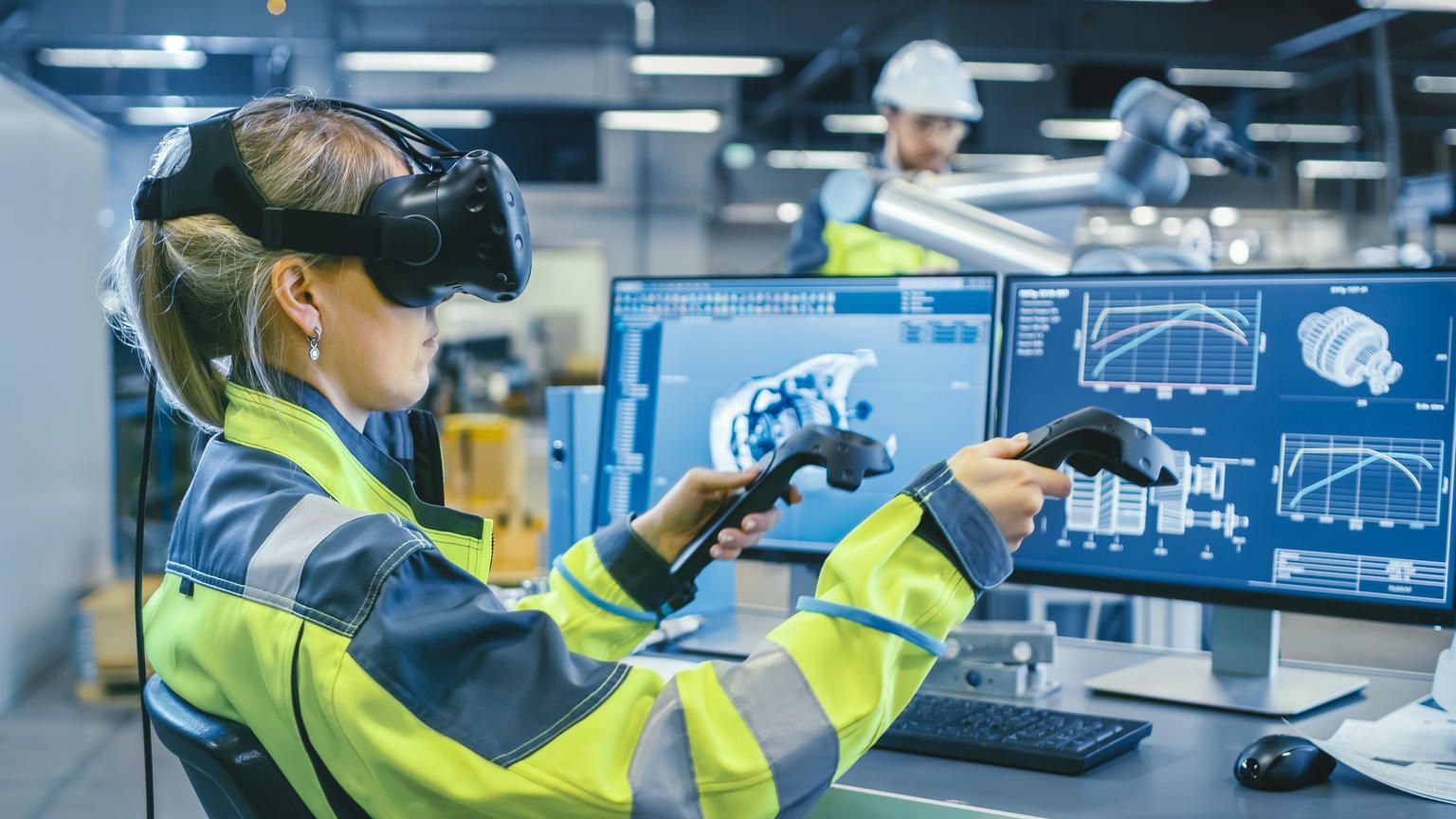
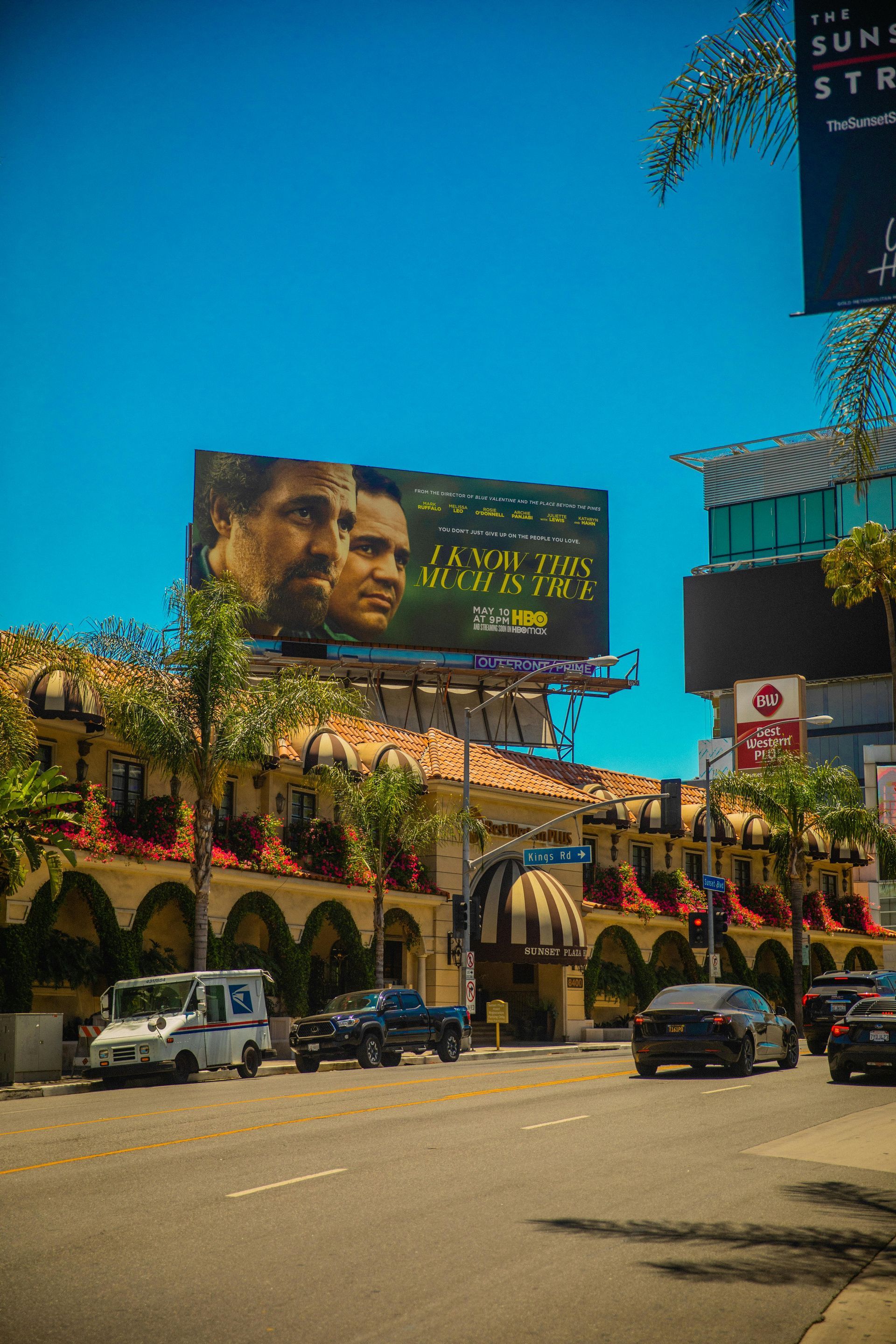
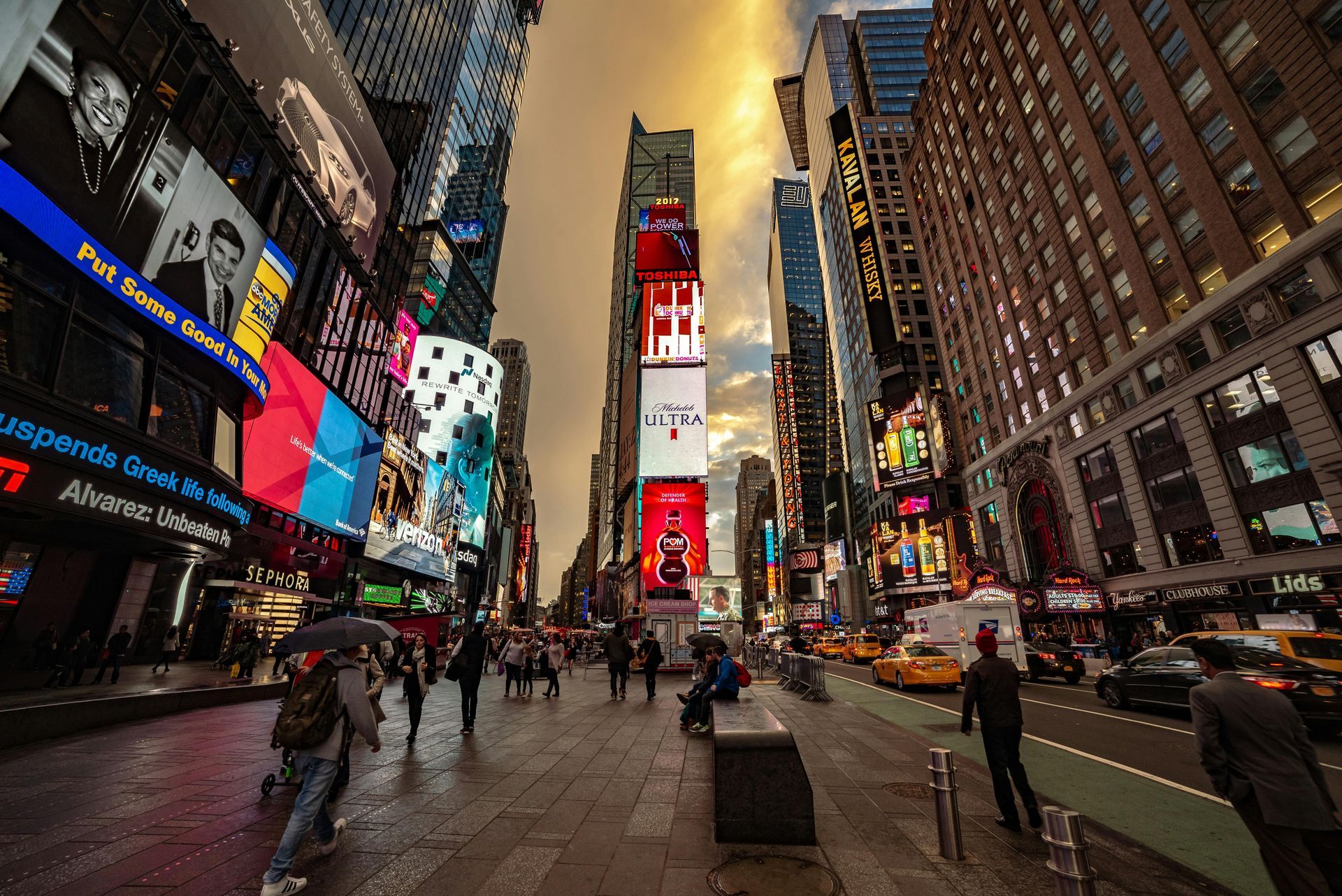

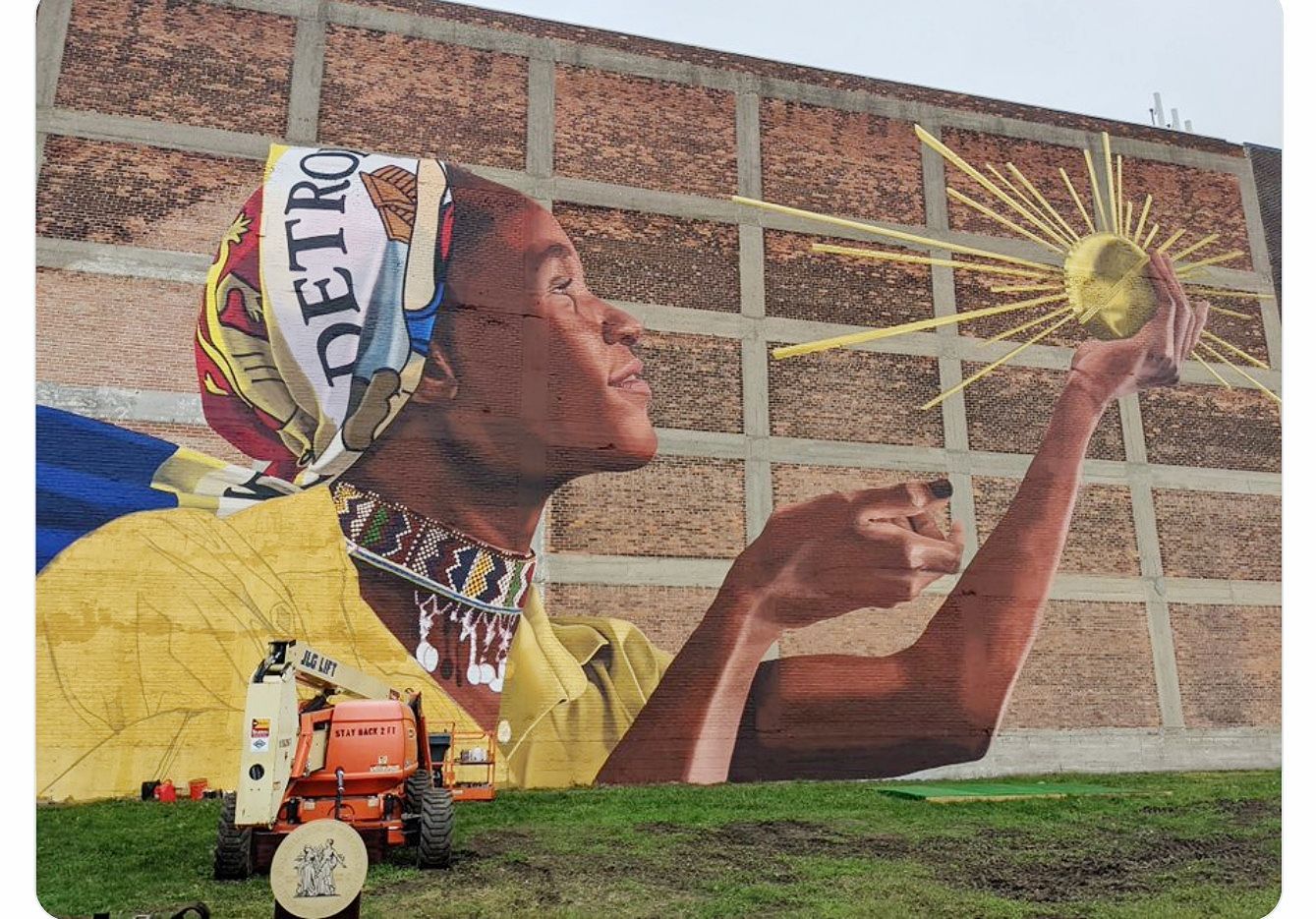
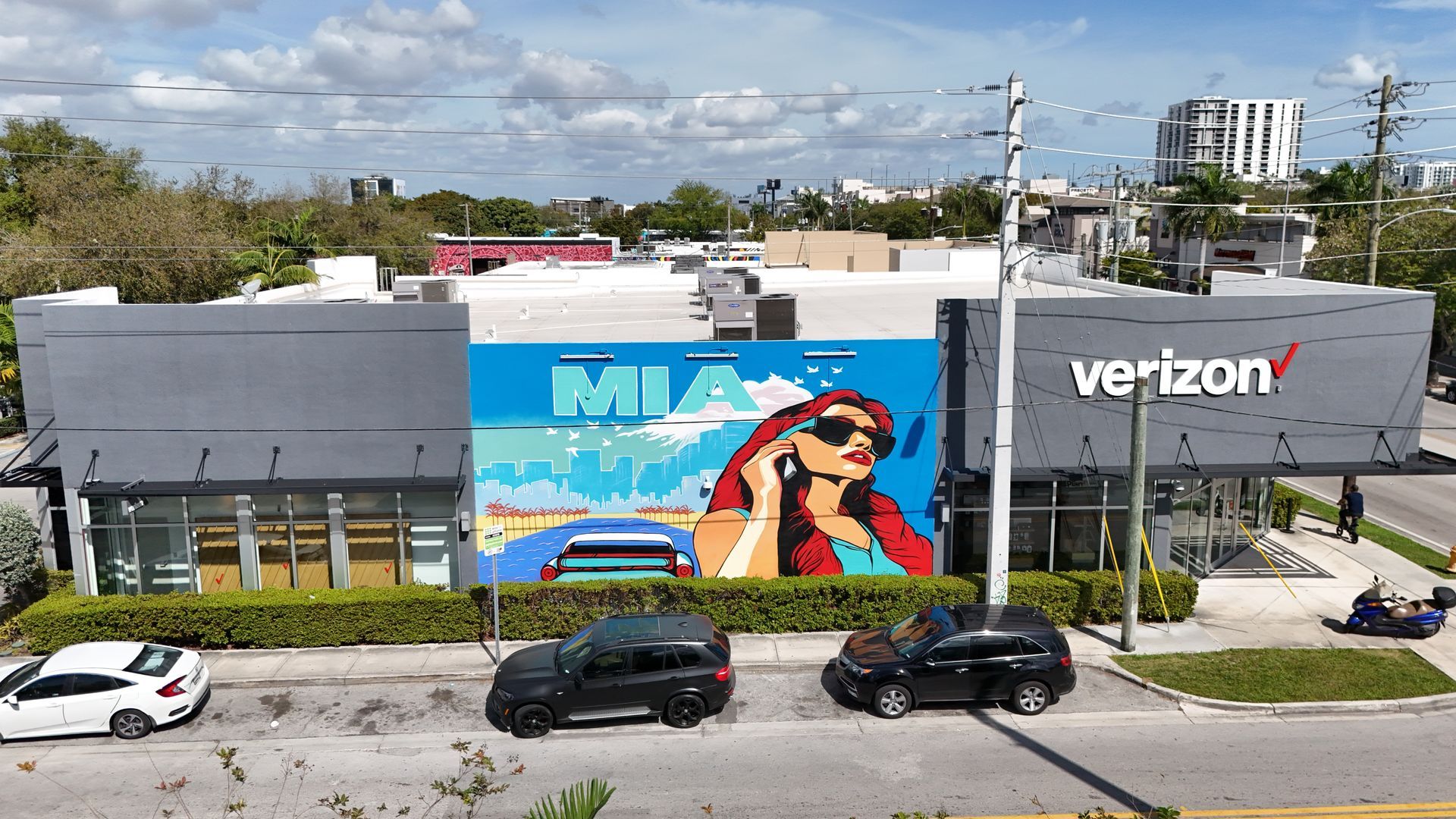


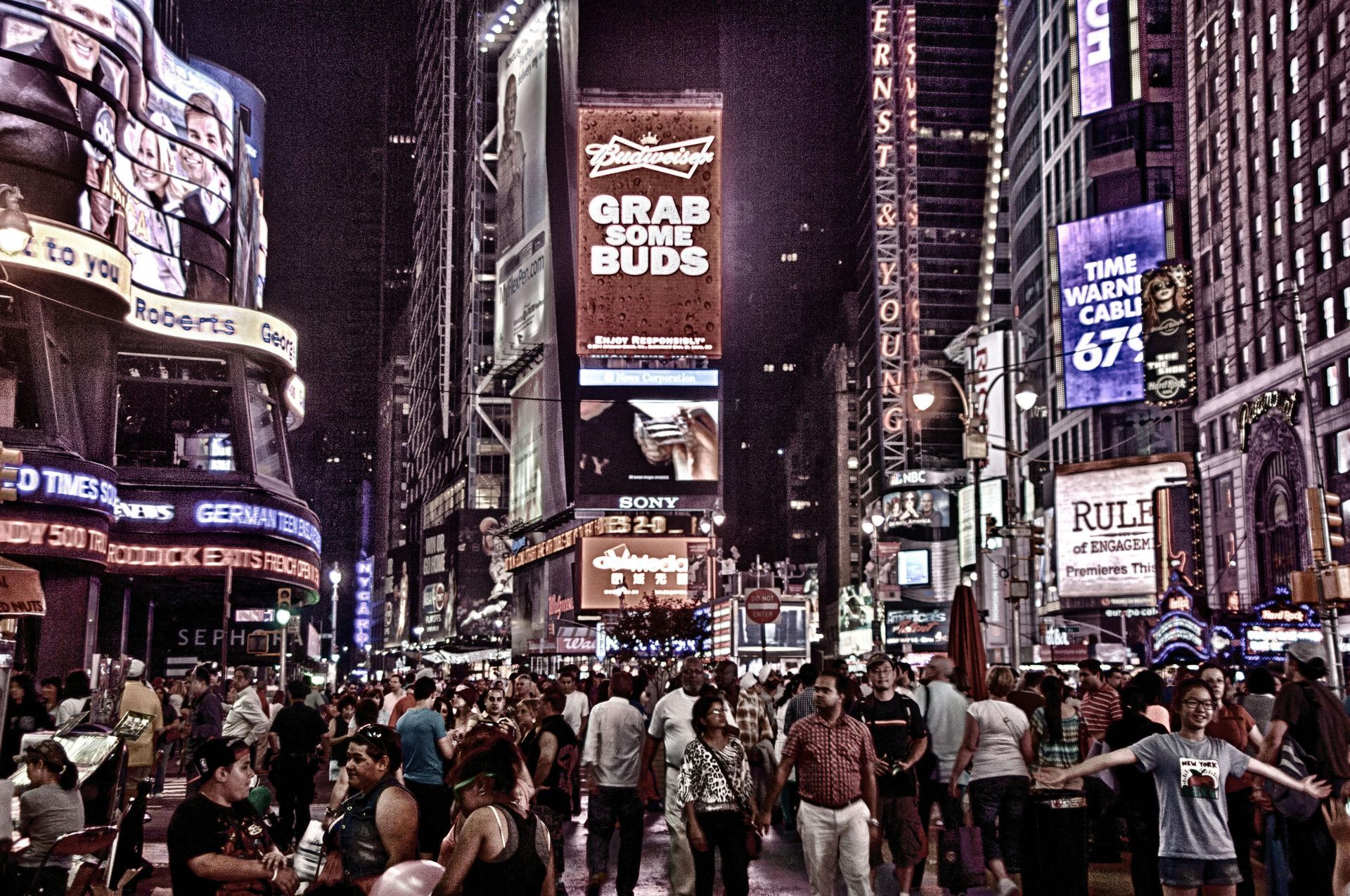
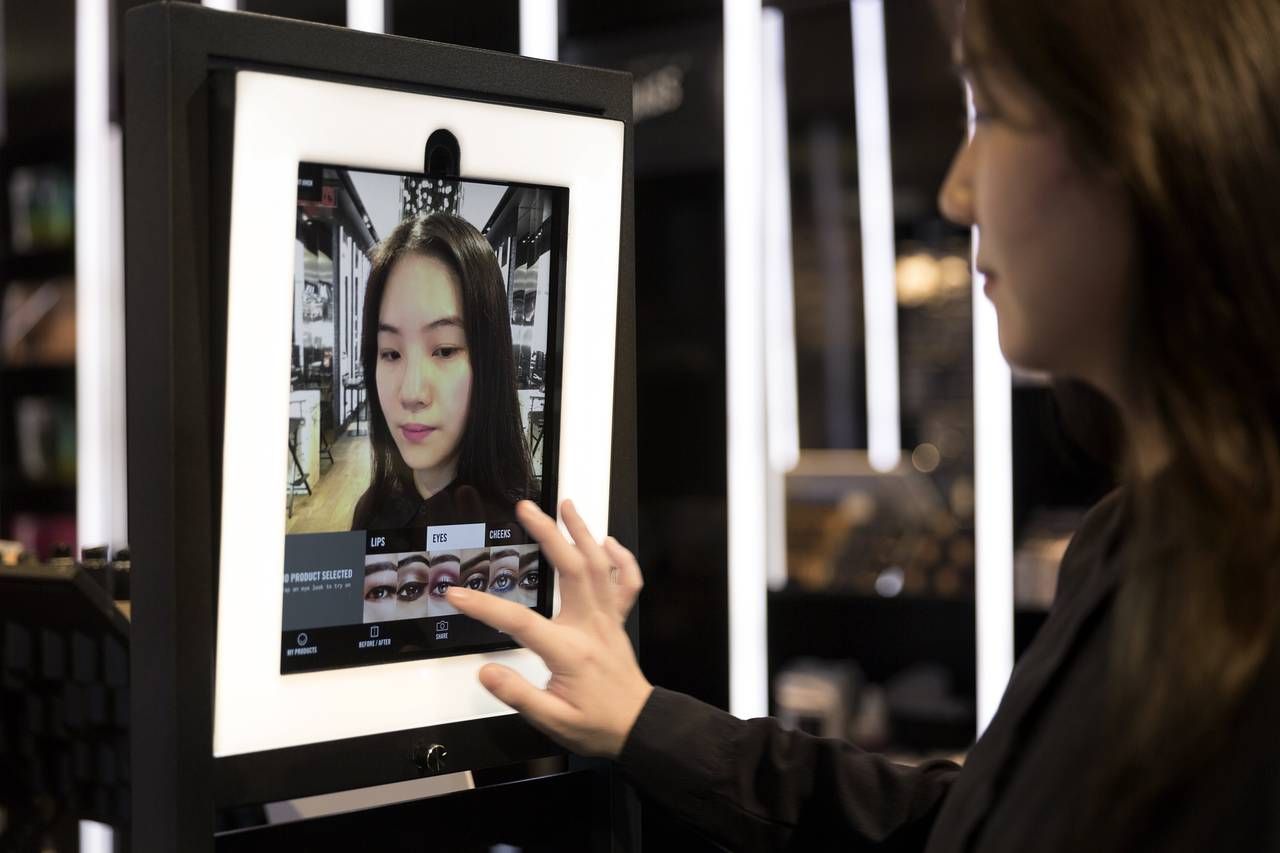
SUPPORT
Detroit
Saudi Arabia
BrandXR. All Rights Reserved. Website designed by Unleash Media.
